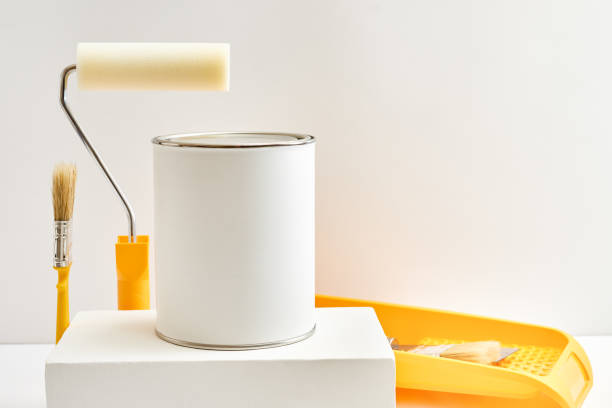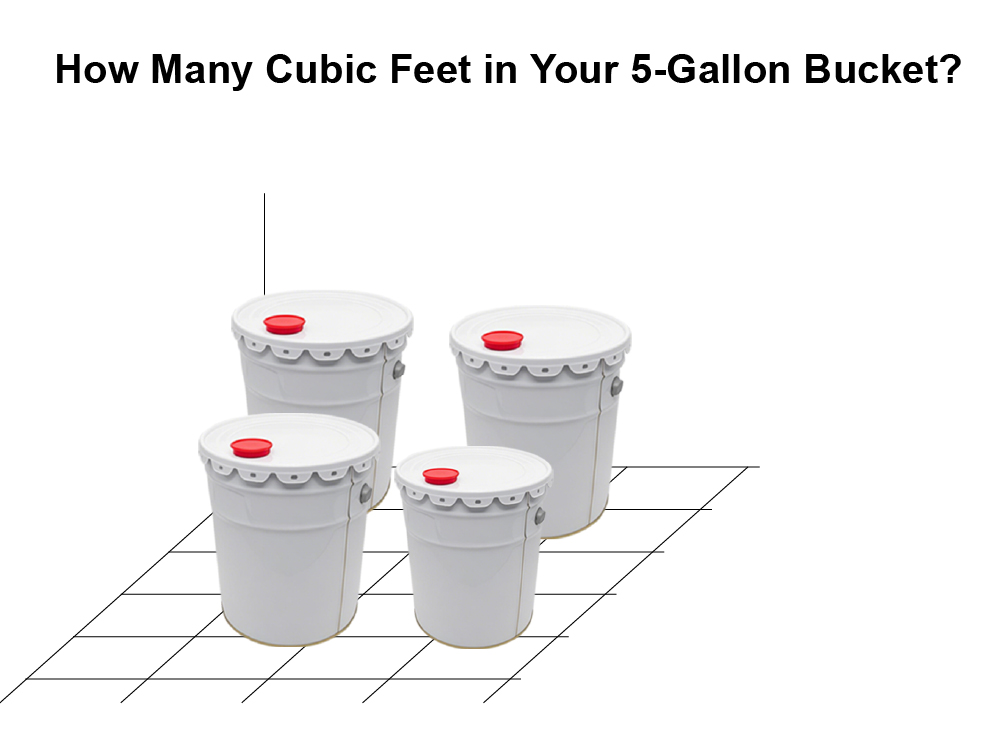“Should I check my oil when the engine is hot or cold?” It’s a question that has likely crossed every car owner’s mind at some point. You’ve just finished a drive, the engine is warm, and you remember you need to check the oil. But is it the right time? The short answer is: Đúng, you Có thể check your engine oil when it’s hot, but there are a few important things to understand. This guide will walk you through everything you need to know, from the intricacies of hot versus cold oil checks to ensuring you get an accurate reading every time.
For years, the standard advice was often to check your oil when the engine is cold. Tuy nhiên, many vehicle manufacturers now recommend checking the oil when the engine is at its normal operating temperature. Why the change, and what does it mean for you? Let’s dive in.
The Great Debate: Hot vs. Cold Oil Checks
Understanding the difference between these two methods is key to properly maintaining your vehicle’s engine.
Checking Engine Oil When Hot:
When your engine is hot, the oil has circulated throughout the engine components and is also hotter and therefore slightly expanded.
- Ưu điểm:
- Manufacturer Recommendation: Many modern car manuals specifically instruct you to check the oil after the engine has been running and is warmed up. This is because the dipstick is calibrated for the oil’s expanded volume at operating temperature. Always refer to your owner’s manual first!
- Reflects Operating Conditions: Checking the oil when hot gives you a reading that reflects the oil level as it is when your engine is actually running.
- Nhược điểm:
- Safety First: The engine bay will be hot! You need to be careful to avoid burns from hot engine components like the exhaust manifold or the radiator.
- Waiting Period: Even when checking hot, you usually need to turn off the engine and wait a few minutes (typically 5-15 phút) for the oil to drain back down into the oil pan. If you check it immediately after shutting off the engine, you might get an artificially low reading because a significant amount of oil is still in the upper parts of the engine.
- Potential for Inaccuracy (if not done right): Not waiting long enough for the oil to settle can lead to an incorrect reading, potentially causing you to overfill the oil, which can be as harmful as underfilling.
Checking Engine Oil When Cold:
MỘT “cold” check typically means the car has been sitting for several hours, preferably overnight.
- Ưu điểm:
- Sự an toàn: The engine is cool, reducing the risk of burns.
- Maximum Drain-Back: All the oil has had ample time to drain back into the oil pan, potentially giving a consistent reading of the total oil volume.
- Nhược điểm:
- Not Always Manufacturer Recommended: Như đã đề cập, your car manufacturer might specifically advise against this for regular checks, as the dipstick markings may be calibrated for warm, expanded oil.
- Doesn’t Reflect Operating Level: The oil level will be lower than when the engine is running and the oil is circulating and expanded. If your dipstick is calibrated for warm oil, Một “full” reading on a cold engine might actually mean it’s slightly overfilled when hot.
| Tính năng | Checking Oil Hot | Checking Oil Cold |
|---|---|---|
| Manufacturer Guidance | Often recommended for modern vehicles | Less commonly recommended for modern vehicles |
| Sự an toàn | Higher risk of burns | Lower risk of burns |
| Oil State | Expanded, reflects operating conditions | Contracted, all oil settled in the pan |
| Waiting Time | Requires 5-15 minutes after engine off | Requires several hours after engine off (overnight) |
| Accuracy | Accurate if manual’s instructions are followed | Can be accurate if dipstick is calibrated for cold |
How to Check Your Engine Oil (The Right Way)
Regardless of whether your manual recommends a hot or cold check, the fundamental steps are similar.
- Park on Level Ground: Điều này là rất quan trọng. If your car is on a slope, the oil in the pan will be tilted, leading to an inaccurate reading.
- Consult Your Owner’s Manual: This is the golden rule. Your manual will tell you the manufacturer’s specific procedure, including whether the engine should be hot or cold, and the recommended waiting time if checking hot.
- If Checking Hot:
- Run the engine until it reaches normal operating temperature (thường xuyên, the temperature gauge will be in the middle).
- Turn off the engine.
- Wait for the specified time (thường xuyên 5-15 phút). This allows the oil that has been circulating to drain back into the oil pan.
- If Checking Cold: Ensure the car has been parked for at least a few hours, preferably overnight.
- Open the Hood and Locate the Dipstick: The dipstick usually has a brightly colored (often yellow or orange) handle and is marked with an oil can symbol.
- Prepare a Clean Rag or Paper Towel: You’ll need this to wipe the dipstick.
- Pull Out the Dipstick: Remove it slowly and carefully.
- Wipe the Dipstick Clean: Use your rag or paper towel to wipe off all the oil from the end of the dipstick.
- Reinsert the Dipstick Fully: Push the dipstick all the way back into its tube. Make sure it’s seated properly.
- Pull Out the Dipstick Again: This time, observe the oil level.
- Read the Oil Level: The dipstick will have markings indicating the proper oil operating range. Tiêu biểu, these are two lines, dots, or a crosshatched area. The oil level should be between the “Min” (hoặc “Add”) Và “Max” (hoặc “Full”) marks.
- Assess Oil Condition: While you’re at it, look at the oil’s color and consistency. Healthy oil is typically amber or light brown. Dark brown or black oil may indicate it’s time for an oil change. If it looks milky or foamy, this could be a sign of coolant leaking into the engine, which requires immediate attention from a mechanic.
- Reinsert the Dipstick: Once you’re done, put the dipstick back in securely.
- Add Oil if Necessary: If the oil level is at or below the “Min” hoặc “Add” line, you’ll need to add the correct type of oil for your vehicle. Add a little at a time (VÍ DỤ., half a quart), wait a minute for it to settle, and then recheck the level. Be careful not to overfill.
- Close the Hood Securely.
Aspects Users Should Consider
- Vehicle Age and Type: Older vehicles might have different recommendations than newer ones. Always default to your owner’s manual.
- Oil Type: The viscosity and expansion properties of different oil types (conventional, synthetic blend, full synthetic) are generally accounted for by the manufacturer’s checking procedure.
- Frequency of Checks: It’s good practice to check your oil at least once a month and before any long road trips. Some older cars or cars with known oil consumption issues may require more frequent checks.
- Consistency is Key: Whichever method your manual recommends (hot or cold), try to stick to it consistently to get a reliable understanding of your oil consumption patterns.
- Interpreting Dipstick Markings: Familiarize yourself with your car’s specific dipstick. Some have “Hot” Và “Cold” markings, though this is less common. Most are calibrated for one specific condition.
- Environmental Factors: Extreme ambient temperatures might slightly affect oil volume, but following the manufacturer’s waiting times should mitigate most of this.
Câu hỏi thường gặp: Your Oil Check Questions Answered
- Q1: What happens if I check the oil immediately after turning off a hot engine?
- MỘT: You will likely get an inaccurately low reading because much of the oil is still in the upper parts of the engine and hasn’t had time to drain back into the oil pan. This could lead you to mistakenly add too much oil.
- Q2: Is it bad to overfill engine oil?
- MỘT: Đúng, significantly overfilling engine oil can be harmful. Excess oil can get churned up by the crankshaft, creating a frothy, aerated mixture that doesn’t lubricate effectively. This can lead to increased oil pressure, oil leaks, and potentially damage to engine seals and the catalytic converter.
- Q3: My owner’s manual is missing. How do I know whether to check hot or cold?
- MỘT: Many manufacturers now recommend checking the oil when hot (after a short waiting period). You can often find digital copies of owner’s manuals online on the manufacturer’s website. If you’re truly unsure, checking when cold after the car has sat overnight is generally a safe bet to get a baseline, but then try to find the official recommendation. Alternatively, consult a trusted mechanic.
- Q4: How much oil should I add if it’s low?
- MỘT: The distance between the “Min” Và “Max” marks on most dipsticks usually represents about 1 lít (hoặc 1 lít) of oil. If the level is at the “Min” mark, adding 1 quart should bring it to the “Max” mark. Tuy nhiên, it’s best to add oil in smaller increments (VÍ DỤ., half a quart at a time) and recheck to avoid overfilling.
- Q5: Can I use any oil if it’s low?
- MỘT: It’s crucial to use the type and viscosity of oil recommended in your owner’s manual (VÍ DỤ., 5W-30, 0W-20). Using the wrong oil can affect engine performance and longevity.
Phần kết luận
Vì thế, can you check your oil when the engine is hot? Đúng, and in many cases, it’s the recommended way, provided you follow the correct procedure: turn off the engine and wait the manufacturer-specified few minutes for the oil to settle. Always prioritize your owner’s manual, as it contains the definitive instructions for your specific vehicle. Regular oil checks are a cornerstone of good car maintenance, helping to ensure your engine runs smoothly and lasts longer. Whether hot or cold, consistency and care are what truly matter.
Ensuring your vehicle has the right amount of clean oil is vital, and so is using quality components for all your needs. When it comes to packaging solutions, including those for automotive products, FANXUN is a world-class can manufacturer and supplier. They can provide high-quality metal can products in different specifications and shapes, tailored to meet diverse industry requirements.























